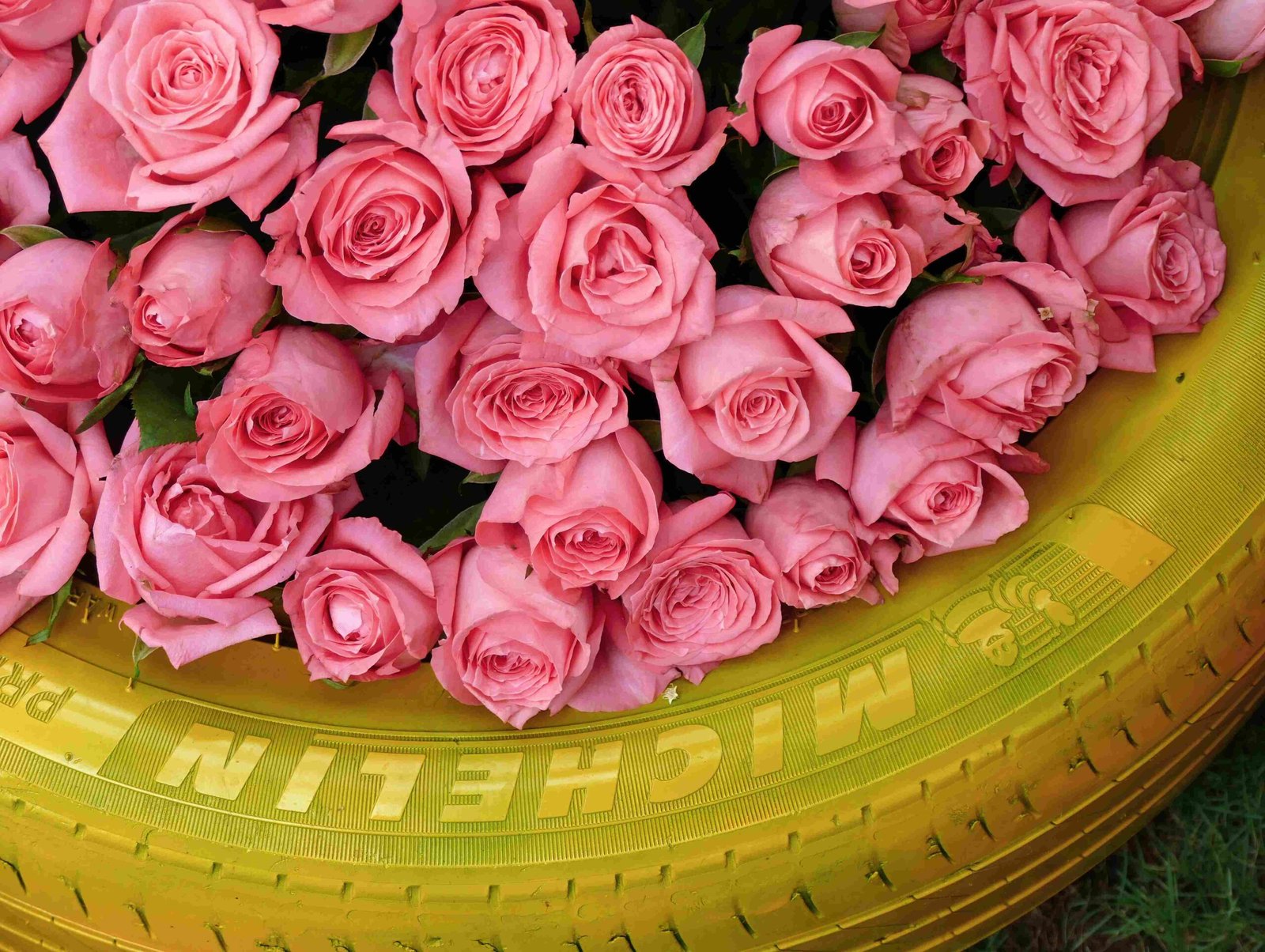What Soil Requirements Do Roses Have?

Roses have specific soil requirements to thrive. Here’s what you need to know:
pH
- Roses prefer a slightly acidic to neutral soil pH, ranging from 6.0 to 7.0, with an ideal pH of 6.0-6.5.
- If the soil is too acidic, add lime (ground agricultural limestone) to increase the pH. For alkaline soils, use sulfur, aluminum sulfate, or iron sulfate to lower the pH.
Texture
- Roses thrive in loamy soil, which is a mix of clay, sand, and organic matter. The ideal mix is one-third clay, one-third coarse sand, and one-third decomposed organic matter.
Drainage
- The soil should drain well but retain moisture long enough for the roots to absorb it. Avoid soggy or waterlogged soil, as it can lead to root rot. Ensure the soil drains within 1-2 hours when water is added.
When is the Best Time to Replant Roses?

The best time to replant roses is in the fall or early spring, when the weather is cooler. This allows the plants to establish themselves before the heat of summer or the cold of winter.
How Deep Should I Plant Roses?
Dig a hole that is about 18 inches deep to accommodate the root system of the rose. Fill the hole with water to ensure it drains properly within 1-2 hours. If the soil is too dense, loosen it to a depth of 18-24 inches.
How Far Apart Should I Space Roses?
The spacing between rose plants depends on the type of rose:
– Hybrid tea and grandiflora roses should be spaced about 3-5 feet apart.
– Floribundas and shrub roses can be spaced 2-3 feet apart.
– Climbing roses need more space, typically 6-10 feet apart.
What Tools and Materials Do I Need?
To replant roses, you’ll need the following:
Soil Amendments
- Alfalfa meal: A balanced source of nitrogen, phosphorus, and potassium, plus growth regulators.
- Kelp meal: A slow-release potassium source with trace minerals and growth-promoting hormones.
- Compost: Increases microorganism activity and improves soil quality.
Fertilizers
- Use balanced fertilizers (e.g., 13-13-13 N-P-K) or organic fertilizers. Avoid fertilizers high in phosphorus and potassium if your soil test indicates high levels of these nutrients.
Mulch
- Apply a 2- to 3-inch layer of organic mulch (like shredded bark, leaf mold, or compost) around the root zone to retain moisture, suppress weeds, and regulate soil temperature. Keep the mulch 2-3 inches away from the stem.
What Challenges Might I Face?
Pests and Diseases
- Regularly inspect your roses for signs of pests (e.g., aphids, whiteflies) and diseases (e.g., black spot, powdery mildew).
- Use integrated pest management techniques such as introducing beneficial insects, practicing good hygiene, and using organic or chemical controls as needed.
Environmental Conditions
- Ensure adequate watering, avoiding overhead watering to reduce disease pressure. Use soaker hoses, drip systems, or bubblers for efficient watering.
- Protect your roses from extreme temperatures and wind. Mulching helps regulate soil temperature and retain moisture.
Reference:
[1] Gardening Know How – Rose Soil Preparation: Tips For Building Rose Garden Soil
[2] The Spruce – Preparing Garden Soil for Growing Roses
[3] CTAHR – Soil preparation for roses
[4] University of Illinois Extension – Replanting Roses
[5] Missouri Botanical Garden – Rose Care
